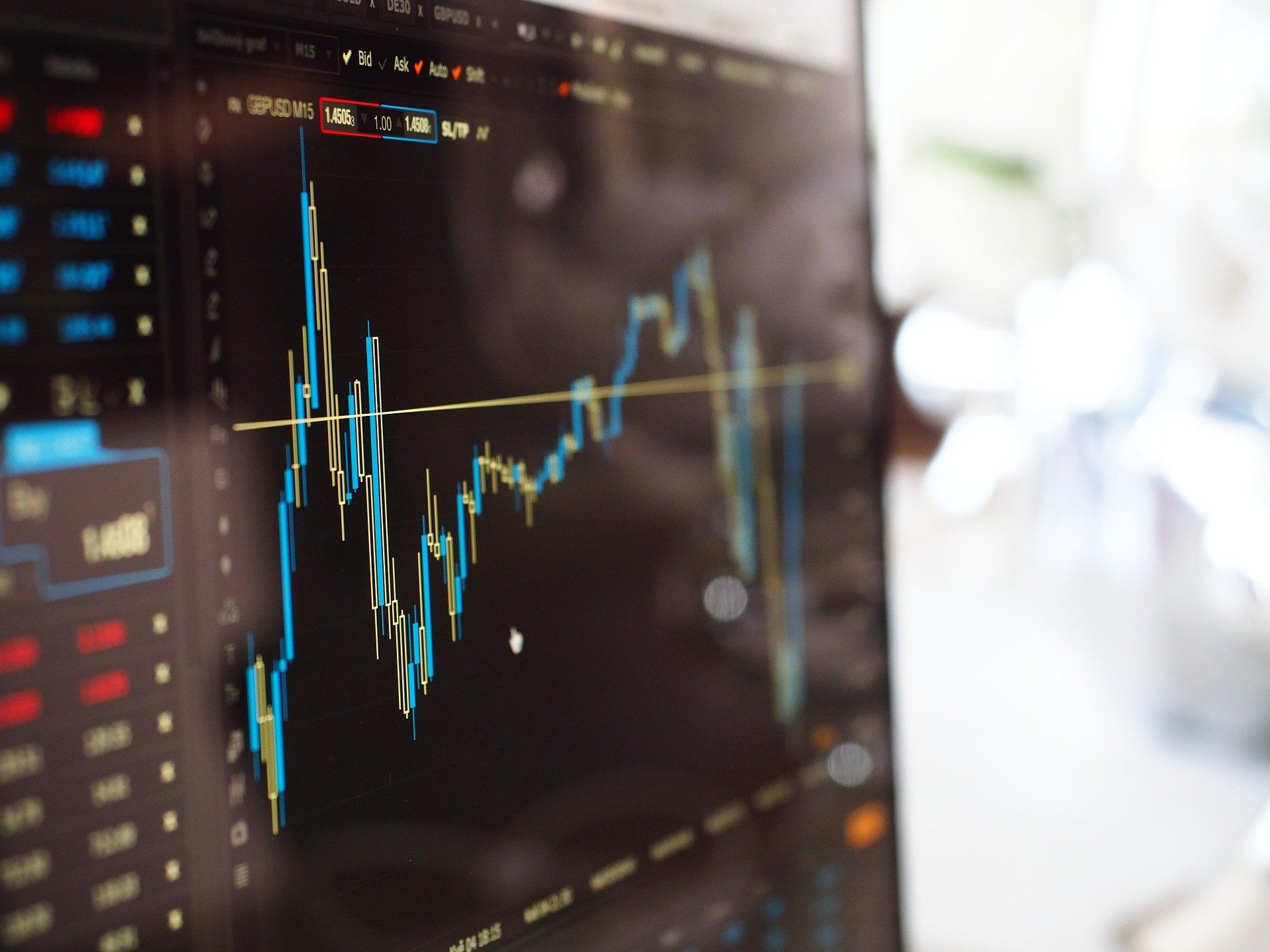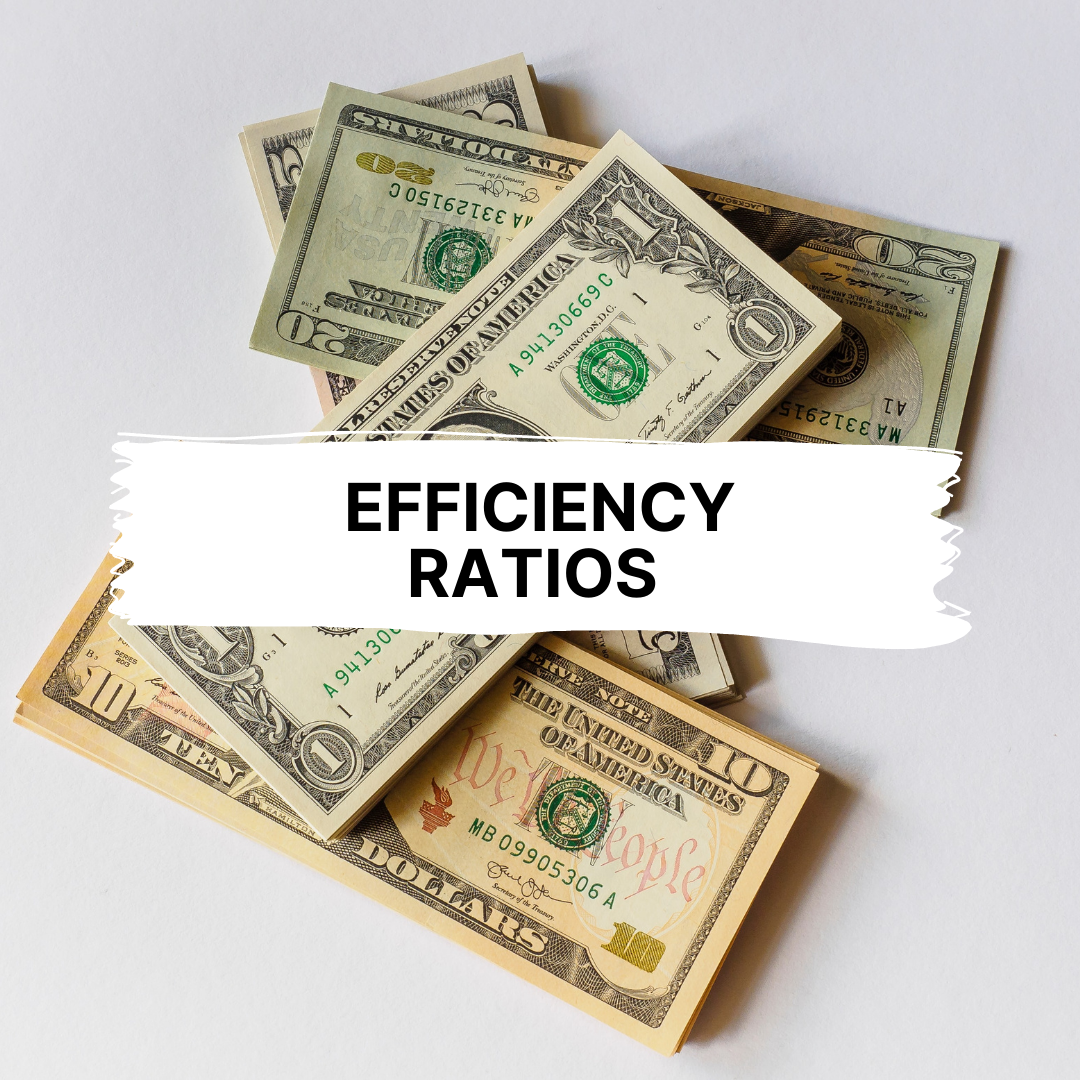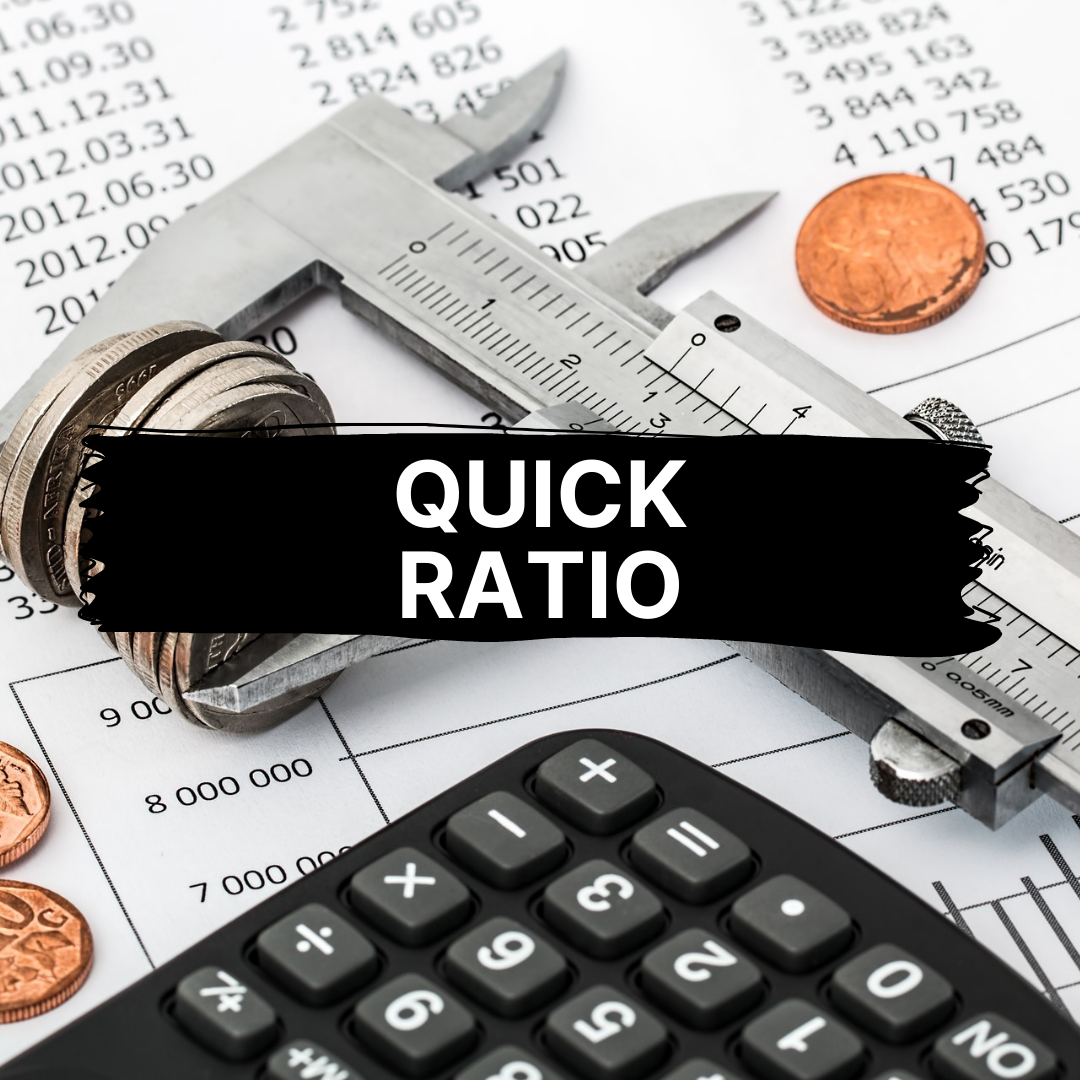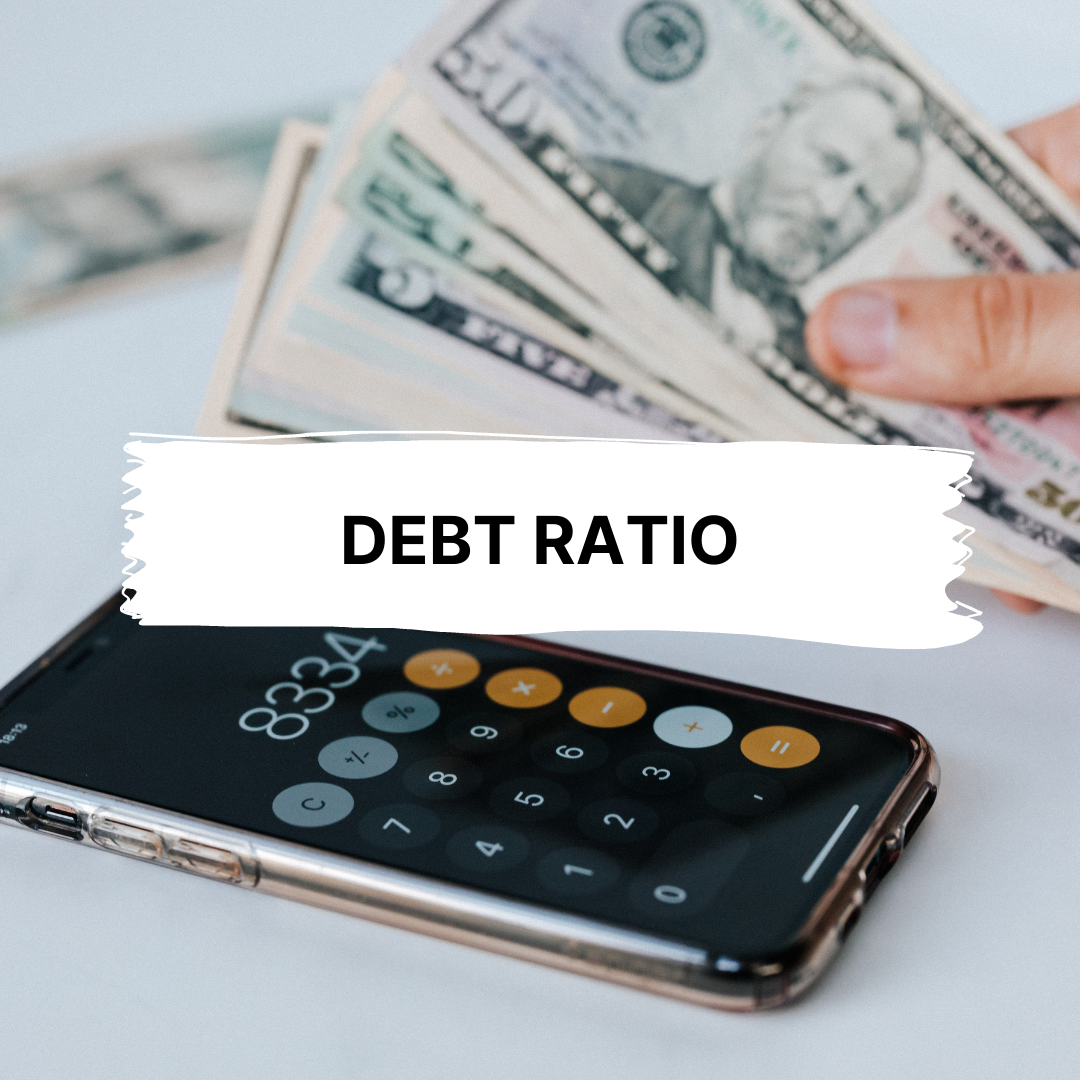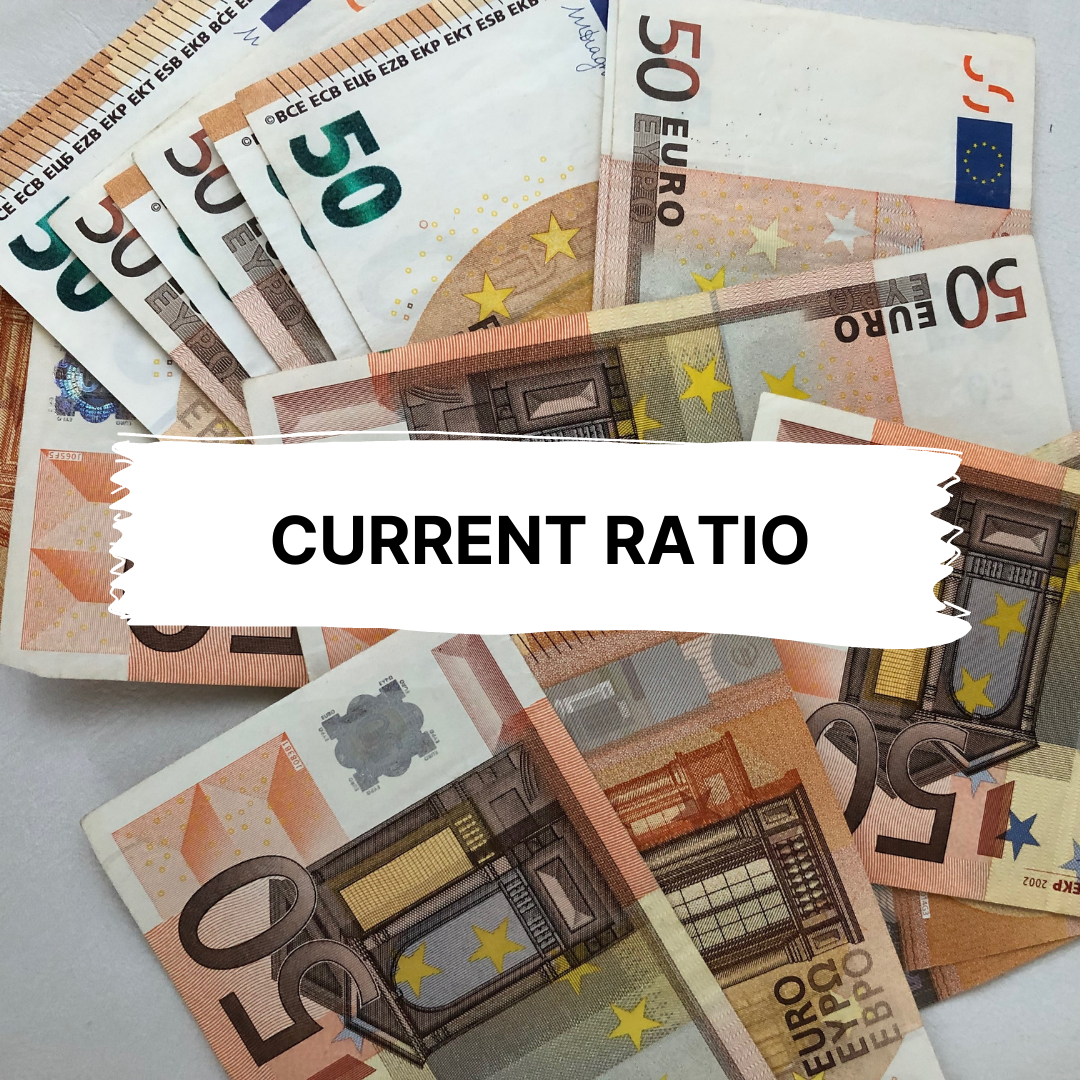In the abundance of financial ratios, what is the price-earnings ratio everyone in the industry talking about? Perhaps it is the most popular financial statistic in the stock market discussion is the PE ratio.

The price earning ratio which is used to find out the value of the company, whether it is overvalued or undervalued. This is just the gist of the price-earnings ratio, continue reading this article to understand what it means for your company.
This article will cover the following:
- What is the price-earnings ratio?
- What is the importance of the price-earnings ratio?
- What are the types of price-earnings ratios?
- How to calculate the price-earnings ratio?
- Price-earnings ratio analysis.
- Absolute price-earnings ratio and relative price.
- What are the limitations in the price-earnings ratio?
- What are the considerations in the price-earnings ratio?
- High price-earnings ratio.
- Low price-earnings ratio.
- Examples of price-earnings ratio.
What is the Price Earnings Ratio?
A price-to-earnings ratio, or P/E ratio, which is one of the many financial ratios is the measure of a company's stock price in relation to its earnings. When trying to decide whether to invest in a certain stock, using the P/E can help you explore the stock's future direction.
Earnings are important when valuing a company’s stock because investors want to know how profitable a company is and how profitable it will be in the future. Furthermore, if the company doesn’t grow and the current level of earnings remains constant, the P/E can be interpreted as the number of years it will take for the company to pay back the amount paid for each share.
The P/E ratio was used by the late Benjamin Graham. Not only was he Warren Buffett's mentor, but he is also credited with coming up with "value investing." Graham preached the virtues of this ratio as one of the best ways to know whether a stock is trading on an investment basis or a speculative basis.
In isolation, the earnings and share price alone tells you how a company is performing and how much investors are willing to pay to own its stock. However, combined together in the price/earnings ratio, they tell you how investors perceive the company’s performance and whether the share price accurately reflects the company’s value and earnings potential in the eyes of investors.
Investors and analysts then compare their own perception of the risk and growth of the stocks against the market’s collective perception as reflected in the price-earnings ratio in order to buy or sell. Moreover if you have a access to your income statement and profit and loss statement you can only hope to scale up in your business.
What is the Importance of Price Earnings Ratio?
The price-earnings ratio(P/E) is perhaps the most generally utilized device by which financial backers and analysts decide a stock's relative valuation. The P/E proportion assists one with deciding if a stock is exaggerated or underestimated.
An organization's P/E can likewise be benchmarked against different stocks in a similar industry or against the more extensive market, like the S&P 500 Index.
Ratio analysis is very crucial for investment decisions, as it helps the investors to know the real worth of their investment. The P/E ratio is useful in accessing the relative attractiveness of a potential investment.
It helps investors analyze how much they should pay for a stock on the basis of its current earnings and also shows if the market is overvaluing or undervaluing the company. It helps in predicting future earnings per share through which the investors evaluate what a stock’s fair market value should be. Also, if you would like, take a quick or bookmark this cash reserve ratio article.
Types of Price Earnings Ratio
Forward /PE Ratio
The forward P/E ratio (or forward price-to-earnings ratio) divides the current share price of a company by the estimated future (“forward”) earnings per share (EPS) of that company. For valuation purposes, a forward P/E ratio is typically considered more relevant than a historical P/E ratio.
As such, a ratio is based on a company’s future earnings, organizational changes, and an estimated P/E Ratio. Investors use the forward price earnings ratio to assess how a company is expected to perform in the future and its estimated growth rate.
The formula to calculate the forward P/E ratio is the same as the regular P/E ratio formula, however, estimated (or forecasted) earnings per share are used instead of historical figures.
Forward P/E formula:
Forward P/E = Current Share Price / Estimated Future Earnings per Share
Trailing Price Earning Ratio
Trailing price-to-earnings (P/E) is a relative valuation multiple that is based on the last 12 months of actual earnings. It is calculated by taking the current stock price and dividing it by the trailing earnings per share (EPS) for the past 12 months.
Trailing P/E can be contrasted with the forward P/E, which instead uses projected future earnings to calculate the price-to-earnings ratio.
The earnings for the most recent fiscal year can be found on the income statement in the annual report. At the bottom of the income statement is a total EPS for the firm's entire fiscal year. Divide the company's current stock price by this number to get the trailing P/E ratio.
Trailing P/E Formula:
Trailing P/E Ratio = Current Share Price / Trailing 12-Month EPS
The disadvantages of trailing include:
Past performance is of limited use when predicting future behavior and earnings potential, which is what investors are most interested in. Companies only release earnings reports periodically, whereas stocks trade constantly.
Hence, the EPS figure remains constant while the stock prices fluctuate. As a result, the trailing P/E does change the share price moves, but it does reflect the stock market changes adequately.
P/E Ratio Formula
P/E Ratio = (Current Market Price of a Share / Earnings per Share)
The price earnings ratio is one of the most widely-used metrics by analysts and investors across the world. It signifies the amount of money an investor is willing to invest in a single share of a company for Re. 1 of its earnings.
For instance, if a company has a P/E Ratio of 20, investors are willing to pay Rs.20 in its stocks for Re. 1 of their current earnings.
Hence, when a company demonstrates a high P/E Ratio, it means that the company is overvalued is on a trajectory to growth. Another interpretation of a high P/E ratio could be that such a company is expected to have increased revenue in the future, and speculation of the same by analysts and investors has led to a surge in its current stock prices.
On the other hand, a low price to earnings ratio signifies undervaluation of stocks, due to any systematic or unsystematic risk of the market.
Considering a different interpretation of a low P/E ratio, it could also signify that a company shall perform poorly in the future due to which its stock prices are falling in the present.
How to Calculate Price Earning Ratio
The P/E ratio is calculated by dividing the value price per share of the company by its earnings per share.
Earnings per share or the EPS is the amount of a company’s profit allocated to each company’s outstanding shares. It is the net income generated by the company, earned per share if all the profit was paid out to its shareholders.
EPS is an important parameter for traders, investors, and analysts, reflecting the financial strength of a company. No one recommends investing in a loss-making business. In the P/E ratio, ‘E’ stands for the per sharing earnings, or simply EPS of the company.
The price-to-earnings ratio has a universal acceptance and handling in the investment community. In simpler terms, it shows the amount an investor is willing to invest in shares of a company to earn a single rupee from it.
For instance, if a company has a P/E Ratio of 30, investors are willing to pay Rs.30 in its stocks for one rupee of their current earnings.
In other words, a high P/E ratio of a company may mean that it is expected to have increased revenue in the future. Analysts and investors are speculating the same, leading to a spurt in its current stock prices.
Apart from this, if at all you want to learn about the gross profit of your company, or returns, here is an article, gross margin ratio, that can come in very handy.
Price Earnings Ratio Analysis
Generally, the price-earnings ratio indicates how many earnings the investors are willing to pay for the share. The P/E ratio analysis shows the direct relationship between the market price of the share of a company and its earnings.
Hence, if a company’s earnings per share rise, it leads to a rise in its market price, while lower earnings per share indicate a fall in its market price. Thus, these two factors mainly define the real performance and growth of a company.
Similarly, a company with a high P/E ratio is often considered to be a growth stock. This indicates higher earnings growth, positive performance in the future, and investors are usually willing to pay more for this company’s shares.
While on the other hand, a company with a lower P/E ratio indicates poor current and future earnings growth, the stock is undervalued, etc. Investing in such a company could prove to be a poor investment.
It is important to note that companies with high P/E ratios are more likely to be considered as risky investments than those with lower ones. It is the reason that a high P/E ratio signifies high expectations.
This ratio is useful only in comparing companies in the same industry. Any such comparisons amongst companies of the different industries would provide an incorrect result and thus, would mislead the investors.
Absolute & Relative Price Earnings Ratio
Absolute is the price of a stock divided by the company's earnings per share (EPS). This measure indicates how much investors are willing to pay per dollar of earnings.
The relative P/E ratio, on the other hand, is a measure that compares the current P/E ratio to the past P/E ratios of the company or to the current P/E ratio of a benchmark. Let's look at both absolute and relative P/E in depth.
Absolute Price Earnings Ratio
The numerator of this ratio is usually the current stock price, and the denominator may be the trailing EPS (from the trailing 12 months), the estimated EPS for the next 12 months (forward P/E), or a mix of the trailing EPS of the last two quarters and the forward P/E for the next two quarters.
When distinguishing absolute P/E from relative P/E, it is important to remember that absolute P/E represents the P/E of the current time period. For example, if the price of the stock today is $100, and the TTM earnings are $2 per share, the P/E is 5,0 $100/$2.
Relative Price Earnings Ratio
Relative P/E compares the current absolute P/E to a benchmark or a range of past P/Es over a relevant time period, such as the last ten years. Relative P/E shows what portion or percentage of the past P/Es the current P/E has reached.
Relative P/E usually compares the current P/E value to the highest value of the range, but investors might also compare the current P/E to the bottom side of the range, measuring how close the current P/E is to the historical low.
The relative P/E will have a value below 100% if the current P/E is lower than the past value (whether the past high or low). If the relative P/E measure is 100% or more, this tells investors that the current P/E has reached or surpassed the past value.
There is, nonetheless, a great deal of carefulness that goes into deciphering relative P/E. Major changes in the organization, for example, a securing of an exceptionally productive element can reasonably build the P/E over the noteworthy high.
As we referenced above, relative P/E may likewise look at the current P/E to the normal P/E of a benchmark like the S&P 500. Proceeding with the model above, where we have a current P/E proportion of 25, assume the P/E of the market is 20.
The relative P/E of the organization to the record is accordingly 1.25 (25/20). This shows financial backers that the organization has a higher P/E comparative with the record, demonstrating that the organization's profits are more costly than that of the file. A higher P/E, be that as it may, doesn't mean it is a terrible venture.
In reality, it might mean the organization's profits are becoming quicker than those addressed by the list. Assuming, be that as it may, there is an enormous disparity between the P/E of the organization and the P/E of the record, financial backers might need to do an extra investigation into the inconsistency.
Limitations of Price Earnings Ratio
Like some other key intended to illuminate financial backers concerning whether or not a stock merits purchasing, the price-earnings ratio accompanies a couple of significant impediments that are essential to consider in light of the fact that financial backers may frequently be persuaded to think that there is one single metric that will give total understanding into a venture choice, which is basically never the situation.
Organizations that aren't beneficial and, hence, have no profit or negative income per share represent a test with regards to computing their P/E. Assessments change concerning how to manage this.
Some say there is a negative P/E, others dole out a P/E of 0, while most say the P/E doesn't exist (N/An or not accessible) or isn't interpretable until an organization becomes productive for reasons for the examination.
One essential constraint of utilizing P/E proportions arises when contrasting the P/E proportions of various organizations. Valuations and development paces of organizations may frequently shift fiercely between areas due to both the various ways organizations bring in cash and the varying timetables during which organizations bring in that cash.
Hence, one should just utilize P/E as a similar apparatus when considering organizations in a similar area since this sort of examination is the main kind that will yield useful understanding.
Contrasting the P/E proportions of a broadcast communications organization and an energy organization, for instance, may persuade one to think that one is obviously the predominant venture, yet this is certainly not a dependable presumption.
Considerations in a Price Earnings Ratio
A singular organization's P/E proportion is considerably more significant when taken close by the P/E proportions of different organizations inside a similar area. For instance, an energy organization might have a high P/E proportion, yet this might mirror a pattern inside the area rather than one just inside the singular organization. A singular organization's high P/E proportion, for instance, would be less reason for concern when the whole area has high P/E proportions.
In addition, in light of the fact that an organization's obligation can influence both the costs of offers and the organization's income, influence can slant P/E proportions too. For instance, assume there are two comparative organizations that vary essentially in the measure of obligation they accept.
The one with more obligation will probably have lower P/E esteem than the one with less obligation. Notwithstanding, assuming that business is great, the one with more obligation stands to see higher income due to the dangers it has taken.
One more significant constraint of cost-to-income proportions is one that exists in the equation for computing P/E itself. Exact and impartial introductions of P/E proportions depend on precise contributions of the market worth of offers and of exact profit per share gauges.
The market decides the costs of offers through its consistent closeout. The printed costs are accessible from a wide assortment of solid sources. Be that as it may, the hotspot for income data is, at last, the actual organization.
This single wellspring of information is all the more effortlessly controlled, so investigators and financial backers place trust in the organization's officials to give precise data. Assuming that trust is seen to be broken, the stock will be viewed as more dangerous and, in this manner, less significant.
To diminish the danger of erroneous data, the P/E proportion is nevertheless one estimation that examiners investigate. Assuming the organization was to purposefully control the numbers to look better and hence trick financial backers, they would need to work exhaustingly to be sure that all measurements were controlled in a reasonable way, which is hard to do.
That is the reason the P/E proportion keeps on being one of the most midway referred to points of information while investigating an organization; however, in no way, shape or form is it the one to focus on. While we continue to understand price earnings ratio, take a look at this article, acid test ratio, which is another type of accounting ratio that you must know everything about as a business owner.
High Price Earnings Ratio
A high price-earnings ratio indicates market confidence in a company and the future earnings where the investors expect relatively high growth rates. As a result, the company’s stock may be overvalued.
High price to earnings suggests positive future performance because companies with higher ratios are typically growth stocks that investors have higher expectations for future earnings growth potential for which they are willing to pay a higher share price.
In addition to these higher growth expectations, one company could have higher per than another because investors believe that it is less risky, leading to the company’s earnings being subject to less risk and uncertainty.
The disadvantage of high price-earnings is that it could mean that the share price is high relative to the earnings of the company and possibly overvalued. It is difficult, if not impossible, to objectively determine if a high price earning ratio is the result of high expected earnings growth or if the stock is overvalued.
Moreover, some high price-earnings ratio growth stocks may be considered a high-risk investment since higher levels of uncertainty are inherently associated with rapid growth.
You must also take note that all the companies with a high price-earnings ratio are expected to perform a high standard. A high price-earning ratio means that a company is expected to do significantly better than in the past.
Hence, high price-earnings ratio companies may simply have greater growth potential because they are being compared to a low base. Other considerations include earnings, gearing, and trend analysis.
One of the key limitations of using the price-earnings ratio is to compare different companies is that the source of earnings information is the companies themselves, resulting in.
- Inconsistent accounting policies. Definition and treatment of earnings and the factors that impact them.
- Different timelines during which companies generate revenues.
- Average benchmarks vary significantly between industries, business models, regions, and more.
- Possibility of the financials being manipulated.
Since the price earning ratio measures the relationship between the market price and earnings of a share, a rise-fall in EPS may cause a rise or fall in the price-earnings ratio. But the changes in earnings do not necessarily affect the price-earnings ratio to the right extent as changes in the share prices.
This is mostly because the earning price ratio happens to change gradually over time. And also when the EPS goes up or down the share price should be expected to move up or down also.
The new share price will be the new EPS multiplied by the constant price-earnings ratio. Its called the price-earnings ratio approach. This is often used to estimate the share prices of companies.
Opinions vary on how to calculate and label the price-earnings ratio for companies that have no earnings or operate at a loss include “N/A (not available)” and “Nil” which is a convention used especially for companies that do not generate profit because there is essentially nothing to put into the price-earnings ratio formula in the denominator.
On the other hand, while it is possible to calculate the negative price-earnings for companies that are losing money, this convention is not generally used.
Another point to remember is debt. The level of debt in a company has an influence on the price-earnings ratio because it affects both earnings and shares the price. So, in general, a higher price-earnings ratio is more likely to be found in a company with lower gearing than in one with higher gearing.
A high level of gearing means that a company carries a high ratio of debt to equity, leading to more variable earnings being available to equity holders. The shareholders of the highly geared company take on a higher level of risk compared to an investment in the low-geared company.
In conclusion, the EPS and in turn, the price-earnings ratio may fall because of the increased gearing. But if the share price does not fall as must as the earnings, it reflects that the market views the projects that the increased gearing is intended to fund.
Moreover, if the business does well, the company with more debt is likely to generate more and more earnings since the risk it has taken on possibly results in a higher share price and price-earnings ratio.
On average, the share prices of highly geared companies tend to be lower than those of low geared entities. However, the companies with low price-earnings ratios may be open to leveraging their balance sheet since it lowers the price-earning ratio and drives up the share price by making the company look cheaper and improving the earnings growth rate. Take a quick look at this article, understanding balance sheets for better insights.
Price-earnings trend analysis must be done over time since a single year’s price earning ratio may not form a sufficient basis for their decisions, specially if the earnings are subject to cyclicality, volatility, for which a longer-term analysis can compensate.
Low Price Earnings Ratio
The low price-earnings indicate relatively low market confidence in a company and its future earnings, in which case the investors expect slow growth. The low ratio may also suggest that earnings are exceeding a company’s past performance as a result of which the stock is undervalued.
The low price-earnings ratio may reflect that a stock is undervalued since it trades at a price that is low relative to the company’s earnings. The companies with the low price-earnings ratio are generally called value stocks as investors buy them hoping to take advantage of this mispricing by making a bargain and selling at a profit when the market corrects itself to a higher share price that better reflects the true value of the company.
The low price-earnings ratio stocks can be found in established companies and mature industries that pay dependable and steady dividends.
The disadvantage of the low price-earnings ratio is that it could mean lower investor confidence in the company and its future performance, where growth is expected to be slow or non-existent.
In conclusion, it is important to understand the reasons behind a company’s low price-earnings ratio since a bargain could turn out to be a nightmare investment into a company that is fundamentally flawed & going into a permanent state of decline.
Considering we have talked so much about stocks and ratios, liquidity ratio is another calculation that can help you in your investments. So, take a look at this detailed article on liquidity ratio to learn more.
Examples of Price Earnings Ratio
Company X and Company Y are trading at $100 per share. But Company X reports earnings of $10 per share, the EPS of Company B is $20.
To explain, Company X has a price-earnings ratio of 10; on the other hand, Company Y has 5.
Although Company X and Company Y are both tradings at $100 per share. Company Y is, in reality, cheaper compared to Company Y because Company Y has a lower price earnings ratio than Company X. Additionally, being less expensive Company Y has more earning capacity than Company X. An investor gets $10 of the company’s earnings as compared to twice as much in earnings per share received by Company Y.
Example:
Company X and Company Y have both reported earnings per share of $5. The stock of Company X is priced at $75, while shares of Company B can be purchased for $25. The companies are in the same industry with an average price-earnings ratio of $10.
Company X is, in fact, cheaper in terms of price-earnings ratio than Company Y and the industry on average; investors will likely expect higher earnings growth in the future relative to the competition.
The price earning ratio is just on the many metrics and tools available to guide one through investment decisions and so should not be used alone.
The price-to-earnings ratio can also be seen as a means of standardizing the value of $1 of earnings throughout the stock market. In theory, by taking the median of P/E ratios over a period of several years, one could formulate something of a standardized P/E ratio, which could then be seen as a benchmark and used to indicate whether or not a stock is worth buying.
The price-to-earnings ratio can also be seen as a means of standardizing the value of $1 of earnings throughout the stock market. In theory, by taking the median of P/E ratios over a period of several years, one could formulate something of a standardized P/E ratio, which could then be seen as a benchmark and used to indicate whether or not a stock is worth buying.
How Can Deskera Assist You?
Looks like the price-earnings ratio is not only important to calculate for your company but also a tat bit difficult to calculate. What if you had software that could help you? Deskera software is one such software for all your accounting tasks. A software that can help you manage your cash flow, send invoices to customers, sort your books, and make reporting and compliance easier. To know more about accounting with Deskera, take a quick look at the video below:
Key Takeaways:
- The price-to-earnings ratio (P/E ratio) is the ratio for valuing a company that measures its current share price relative to its earnings per share (EPS).
- Ratio analysis is very crucial for investment decisions, as it helps the investors to know the real worth of their investment.
- The P/E ratio is useful in accessing the relative attractiveness of a potential investment.
- The P/E ratio helps investors analyze how much they should pay for a stock on the basis of its current earnings and also shows if the market is overvaluing or undervaluing the company.
- P/E ratio helps in predicting future earnings per share through which the investors evaluate what a stock’s fair market value should be.
- The Price Earnings Ratio is one of the most widely-used metrics by analysts and investors across the world.
- The P/E ratio is calculated by dividing the value price per share of the company by its earnings per share.
- The price-earnings ratio indicates how many earnings the investors are willing to pay for the share.
- A singular organization's P/E proportion is considerably more significant when taken close by the P/E proportions of different organizations inside a similar area.
- A high price-earnings ratio indicates market confidence in a company and the future earnings where the investors expect relatively high growth rates. As a result, the company’s stock may be overvalued.
- The low price-earnings indicate relatively low market confidence in a company and its future earnings, in which case the investors expect slow growth.
- The low ratio may also suggest that earnings are exceeding a company’s past performance as a result of which the stock is undervalued.
Related Articles
